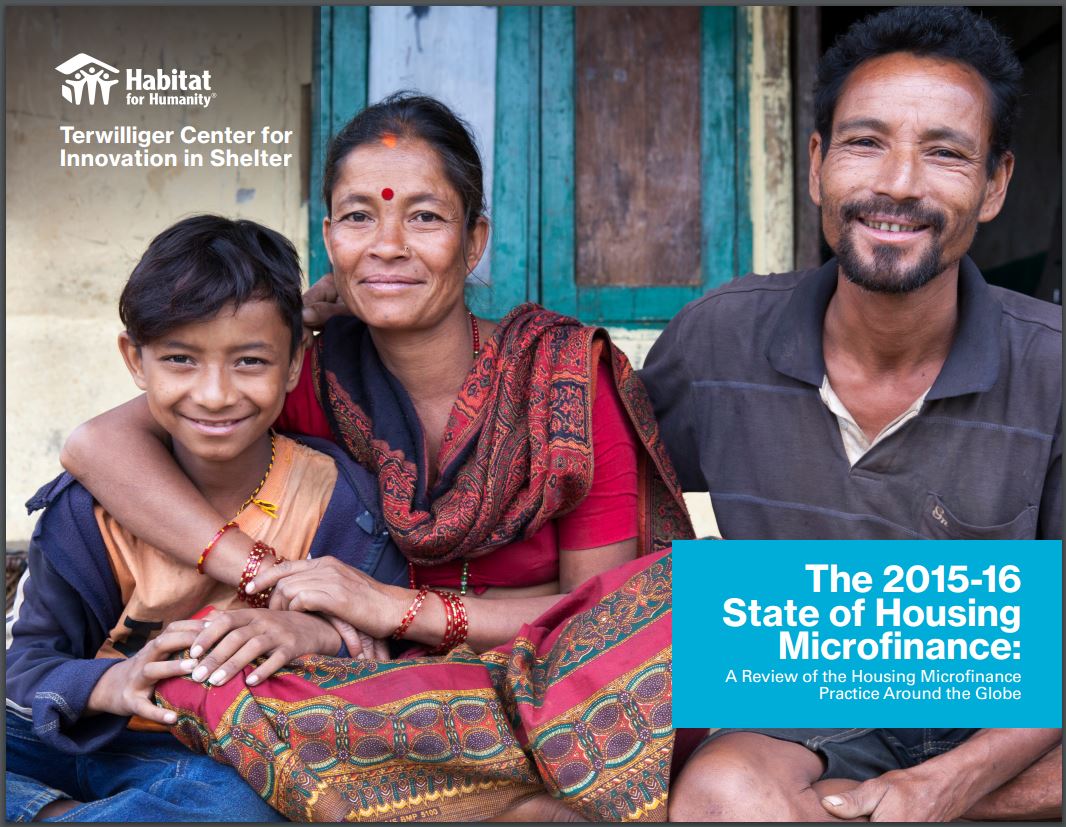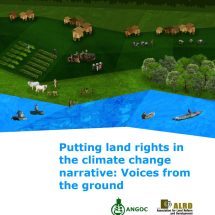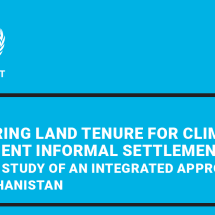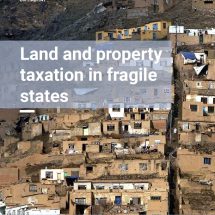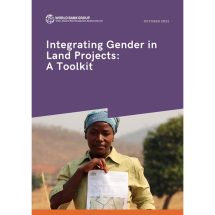 A Review of the Housing Microfinance Practice Around the Globe
A Review of the Housing Microfinance Practice Around the Globe
Housing microfinance is a small but growing sector. As such, there is a dearth of research and information on how microfinance-based housing loan products are administered and performing. To build a greater understanding of this practice, Habitat for Humanity International, through its Terwilliger Center for Innovation in Shelter, surveyed 83 financial institutions practicing housing microfinance. This is the second year the survey has been conducted, and the report assesses the current state, trends and challenges of the global housing microfinance sector based on survey results supported by external research. The survey was operated on the SurveyGizmo platform and collected responses for five months between December 2015 and April 2016.
It consisted of 43 base questions, with additional logic-based questions posed to gather detailed information from the institutions regarding the demographics of their borrowers, characteristics of their housing microfinance products, performance of their housing portfolios, and prospects for the future of housing microfinance within their institutions. During this edition, questions were structured to distinguish the characteristics of the housing microfinance loan portfolio from the overall lending portfolio in order to better understand the nuances of having such products and whether there is a business case for offering housing microfinance.
Additionally, the survey included questions on the tenure security of housing microfinance borrowers, as many low-income families do not own or do not have proof of ownership of the property on which they reside, which can complicate financing without the title guarantee, and can delay or jeopardize the home improvement project itself if the claim to the land is at risk. Data were analyzed to determine common themes among the surveyed institutions, then further examined to identify any distinctions based on geography, legal structure and asset size. Responding institutions also had opportunities to provide commentary alongside their answers, giving the report qualitative material to support the quantitative findings.








